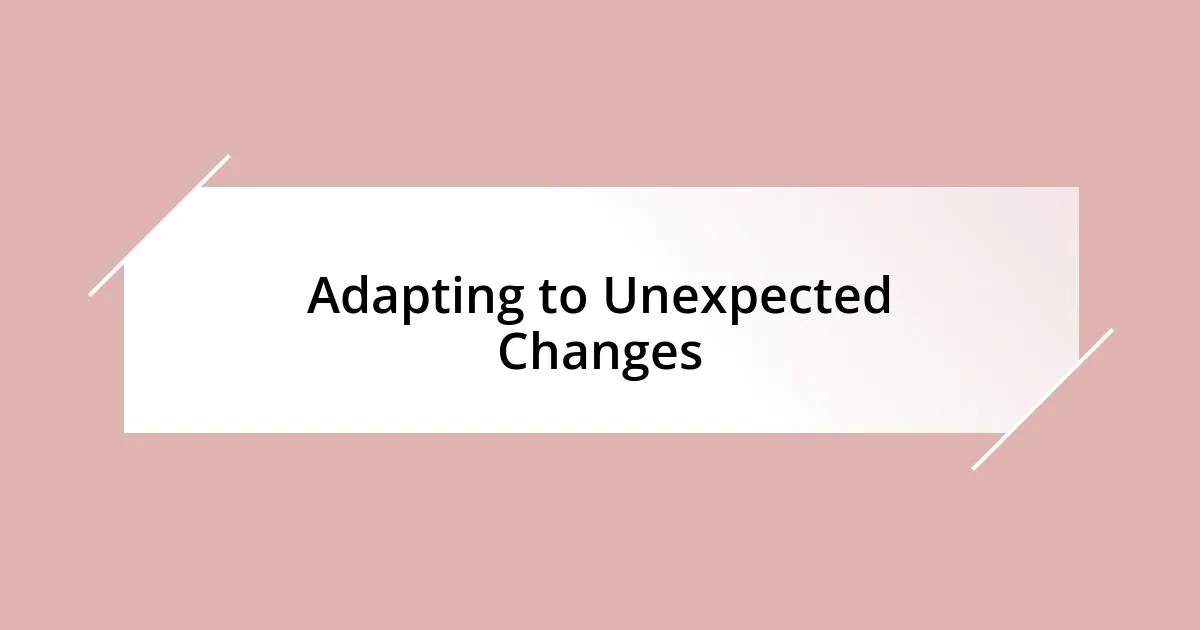Key takeaways:
- Time management involves prioritizing tasks and setting realistic deadlines to boost productivity and motivation.
- Create a focused workspace and establish boundaries to minimize distractions and improve concentration.
- Utilize digital tools like task management apps and calendars to enhance efficiency and organization.
- Embrace flexibility and adaptability in planning to better handle unexpected changes and reduce stress.

Understanding Time Management Basics
Time management is fundamentally about prioritizing tasks to create a structure that resonates with our goals. I remember when I first started my professional journey; I was overwhelmed by my to-do list. Have you ever felt like there were just not enough hours in the day? It’s in that chaos that I learned the importance of identifying critical tasks versus just busywork.
Setting realistic deadlines transformed my approach. Once, I aimed to finish an entire project in a weekend, only to realize I had set myself up for failure. This experience taught me to break down larger tasks into smaller, more manageable parts. Have you tried this method? I found that little wins along the way boosted my motivation and kept me engaged.
Another crucial aspect of time management is the ability to say no. In my earlier work life, I struggled with overcommitting, which often led to stress and burnout. Reflecting on this, I now recognize that saying no doesn’t make me unhelpful; it allows me to focus on what truly matters. Have you ever taken a step back to assess your commitments? Embracing this concept has been liberating and has significantly improved my productivity.

Exploring Common Time Management Challenges
As I delved deeper into time management, I quickly encountered the challenge of procrastination. It’s like a slippery slope; one minute you’re planning to start that report, and the next, you’re deep into a YouTube rabbit hole. I used to beat myself up over it, feeling guilty about wasted time. Now, I understand that recognizing it as a common human behavior has helped me develop strategies to overcome it.
Distractions are another hurdle many face, including myself. I can recall days when just the ping of a notification could derail my entire focus. To combat this, I’ve created a dedicated workspace free from interruptions. Have you found your own productive haven? Establishing boundaries regarding technology and interruptions has been a game changer, enabling me to immerse myself fully in my tasks.
One significant time management challenge I’ve faced is prioritization. Early in my career, everything seemed urgent, leading to a frantic approach to my tasks. I remember prioritizing tasks based on emotional responses, fire-fighting rather than strategizing. Now, I assess tasks based on impact and deadlines. How do you decide what comes first? Trust me, understanding the difference between what’s urgent and what’s important makes a world of difference.
| Challenge | Personal Approach |
|---|---|
| Procrastination | Identifying it as a common issue and implementing structured work times. |
| Distractions | Creating a focused workspace free from interruptions. |
| Prioritization | Evaluating tasks by their impact rather than emotional urgency. |

Discovering Effective Planning Techniques
When I started exploring effective planning techniques, I found that incorporating visual tools made a significant impact on my productivity. I’m talking about planners, digital calendars, and even simple post-it notes. For instance, using color-coded systems for different types of tasks not only made planning visually appealing but also helped me identify priorities at a glance. It’s like having a map for my day!
Here are some techniques that worked wonders for me:
- Time blocking: Dedicate specific time slots for different tasks or activities.
- Daily to-do lists: Write down 3-5 key tasks each morning to focus your efforts.
- Goal setting: Create short-term and long-term goals to guide your daily actions, ensuring you stay on track.
- Review sessions: Spend time at the end of each week to reflect on achievements and adjust plans if needed.
I’ve also realized the importance of flexibility in my planning. Life is unpredictable, and I learned the hard way that rigid schedules can lead to frustration. There was a week when everything seemed to go off-script; meetings got canceled, and new priorities suddenly emerged. Instead of feeling overwhelmed, I decided to embrace adaptability as a necessary skill. It allowed me to adjust my focus without that sinking feeling of failure. How do you handle unexpected changes in your plans?

Implementing Prioritization Strategies
Implementing prioritization strategies can feel daunting, but it’s about finding what resonates with you. I remember a time when I tried the Eisenhower Matrix, which distinguishes between urgent and important tasks. At first, it felt overly complicated, but visualizing my tasks in this way helped me gain clarity. I started to see the bigger picture and recognized that not everything marked as ‘urgent’ deserved my immediate attention.
Another approach I found beneficial was the “One Thing” concept, which encourages focusing on the most important task of the day. I have mornings where I block off time to tackle this single priority. There’s something incredibly satisfying about completing that one significant task first thing—it’s like a mental weight lifted. Have you ever experienced that rush when you finish something that really matters?
I’ve also learned to evaluate how much energy I have throughout the day. Personally, I’m more alert in the morning, so I tackle challenging projects then. In contrast, I save routine tasks for the afternoon slump. This alignment of energy with task difficulty has revolutionized the way I approach my to-do list. Reflecting on your natural rhythms can lead to more effective prioritization, don’t you think?

Utilizing Digital Tools for Efficiency
Utilizing digital tools has reshaped my approach to efficiency in ways I never expected. For instance, I started using task management apps like Todoist, which allowed me to break down larger projects into manageable subtasks. It’s incredibly freeing to check off tasks and watch my progress unfold on the screen—it transforms daunting workloads into bite-sized achievements. Have you ever felt a surge of motivation from just striking something off your list?
Another tool that has been a game-changer for me is my digital calendar. I used to rely on paper planners, which felt great initially, but I often missed appointments because I’d forget to check them. By syncing my calendar with reminders, I not only stay organized but also find myself with fewer surprises throughout the day. I remember the panic of double-booking myself for a coffee catch-up and a work meeting; since then, I’ve sworn by setting up alerts. It invites a sense of control back into my life—doesn’t that sound appealing?
I also explore time tracking apps like Toggl to pinpoint where I actually invest my hours. Knowing that I spend too much time on certain tasks gives me the data I need to adjust and find better efficiencies. It’s eye-opening to see how those seemingly innocent distractions stack up. For example, I realized that scrolling through email alerts while trying to work could eat minutes away, turning into hours lost. By setting specific periods to check my emails, I’ve reclaimed that time, and it really does feel empowering, doesn’t it?

Adapting to Unexpected Changes
Adapting to unexpected changes has been one of the most challenging aspects of my time management journey. I vividly recall a day when I had meticulously planned my week, only to have a last-minute project thrown my way that demanded immediate attention. My heart sank a bit because I had to shuffle commitments, but I realized that flexibility is crucial. When was the last time you had to pivot your entire schedule because of an unforeseen event?
This experience taught me the importance of building a buffer into my plans. Now, I deliberately set aside time each day for unexpected tasks or emergencies. It may seem counterintuitive to block time for things that aren’t on my agenda, but this simple act has significantly reduced my stress during chaotic moments. Have you ever considered how a small time cushion could transform your response to surprises?
Ultimately, adapting isn’t just about logistics; it’s also an emotional journey. I used to feel overwhelmed when changes occurred, but I’ve learned to view them as opportunities for growth. Now, I approach the unexpected with curiosity rather than dread. It’s a game-changer—don’t you think that embracing the unknown can lead to new possibilities?














